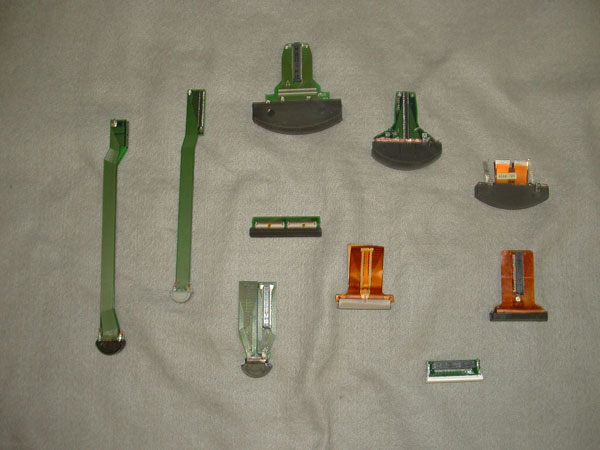Sylvan Acoustics, Inc - Sound
Sound reproduction (audio engineering) is the technical area where the founder of Sylvan Acoustics, Inc., Michael Zipparo, was first introduced to and subsequently became fascinated with the science and art associated with electroacoustic transducers (devices that transmit energy from electrical to acoustic forms, or in the case of audio namely loudspeakers). The science is intriguing because it is multidisciplinary, meaning that understanding the behavior of a transducer requires master of multiple disciplines, including: electrical engineering and electronics (where the signals come that drive the transducer); mechanical engineering (how the materials behave mechanically); and acoustics (the science of sound radiation, propagation, absorption, reflection, etc.). In addition, some knowledge of materials (properties of plastics, metals, wood, rubber, etc.) and electromagnetism is helpful. A successful loudspeaker must carefully consider the desired performance level, and must be planned according to the relatively complex design principals associated with the relevant technical factors that dictate performance. In addition, the construction of a working loudspeaker requires proficiency in the processing of construction materials (e.g. wood and plywood) into functional units using a variety of woodworking machinery and tooling. Accurate techniques and attention to detail are required to produce cabinets that look and perform well. The aesthetic part is where the art really comes in, as the proportions, shape, and wood grain of the materials can have a profound effect on the visual impact of the system, which is an important component of the overall experience.
The Sylvan Acoustics approach towards electroacoustic transducers and systems is relatively straightforward: achieve accurate sound reproduction capable of accurate sonic character in both the time and frequency domains. The system should be capable of this accuracy independent of the type of music being played. System physical dimensions, power levels, room treatments, etc., should be more dictated by the room dimensions and the desired listening sound pressure level. Use of carefully selected drivers with controlled responses across the critical sensitive mid-range of frequencies, and without unruly high frequency breakup modes that are difficulty to tame, enable the use of more simple crossover networks for division of the signal to each driver. Implementation of the crossover electronically (either analog or digital) allows more easy matching of driver acoustic amplitude when sensitivity is different.
Specific expertise in:
Subwoofer design and construction for the ultimate low frequency (bass) acoustic response – the lowest audible sounds or even infrasound (lower than the lower limit of human hearing) at room shaking volumes. Subwoofers can be implemented with a closed box approach, which requires a larger box for a given cutoff frequency and sound level, or with a bass reflex (ported) design, that can achieve either a lower cutoff or a higher sensitivity than the sealed box. Reflex enclosures also come with an additional benefit from the reduces cone excursion from the port resonance, though that comes with a somewhat (perhaps imperceptible depending on musical content) sacrifice in transient response. Specific expertise modeling and building multi-chamber bass reflex enclosures that add additional cone damping and hence IM distortion reduction to the system, along with the ability to acoustically treat one room more resonance without the use of DSP or analog adjustment of the system response.
